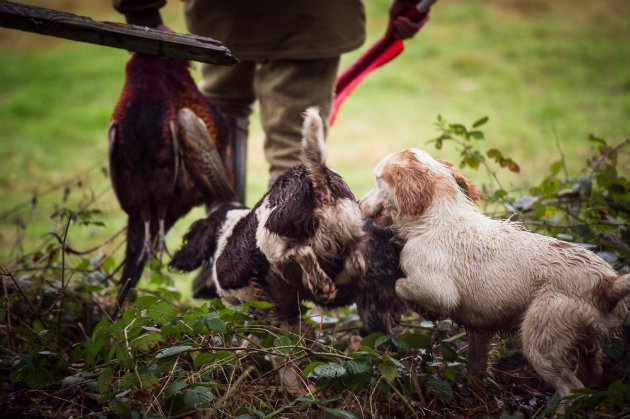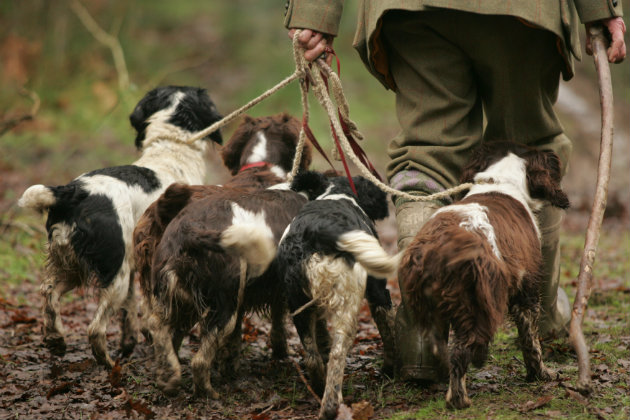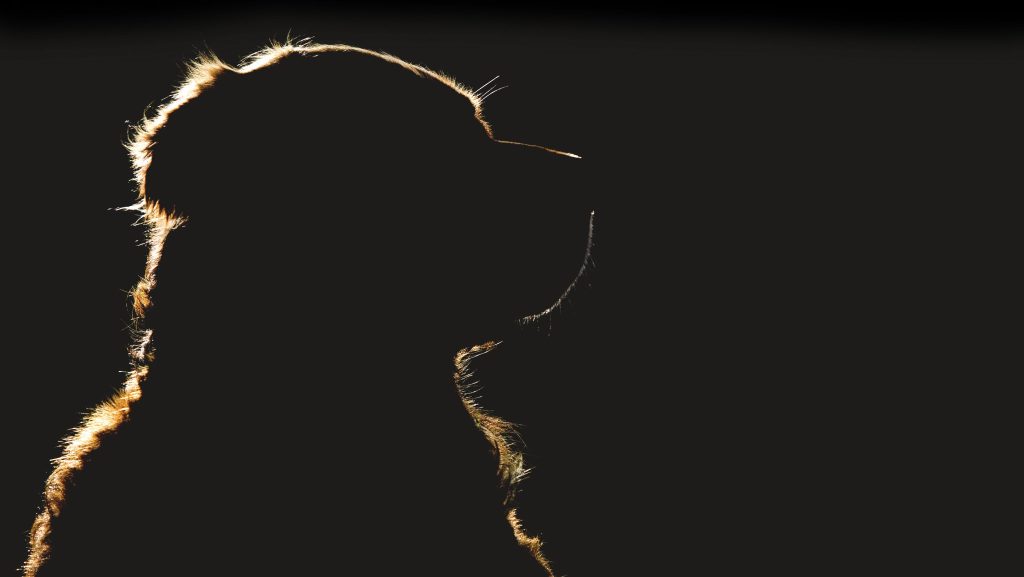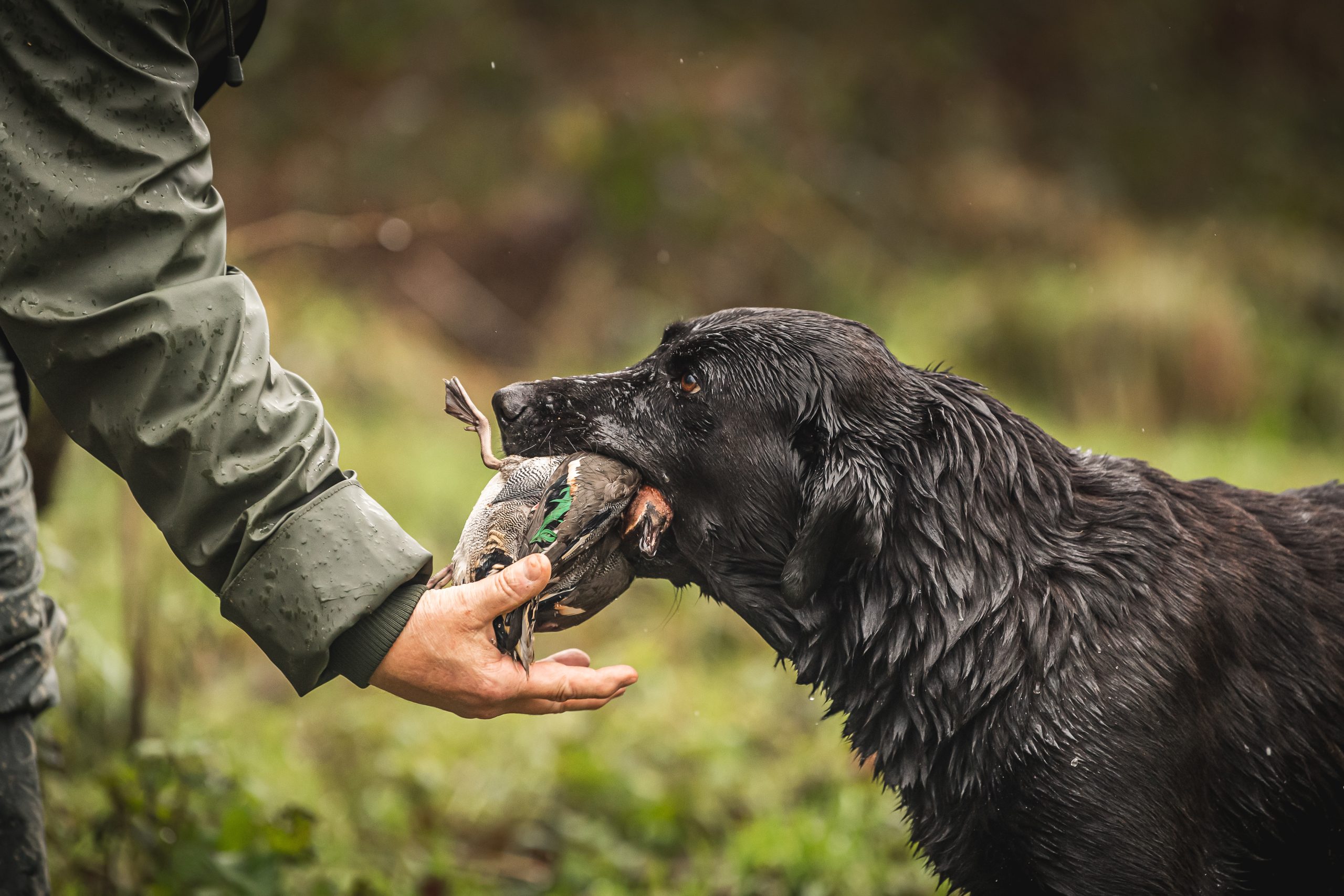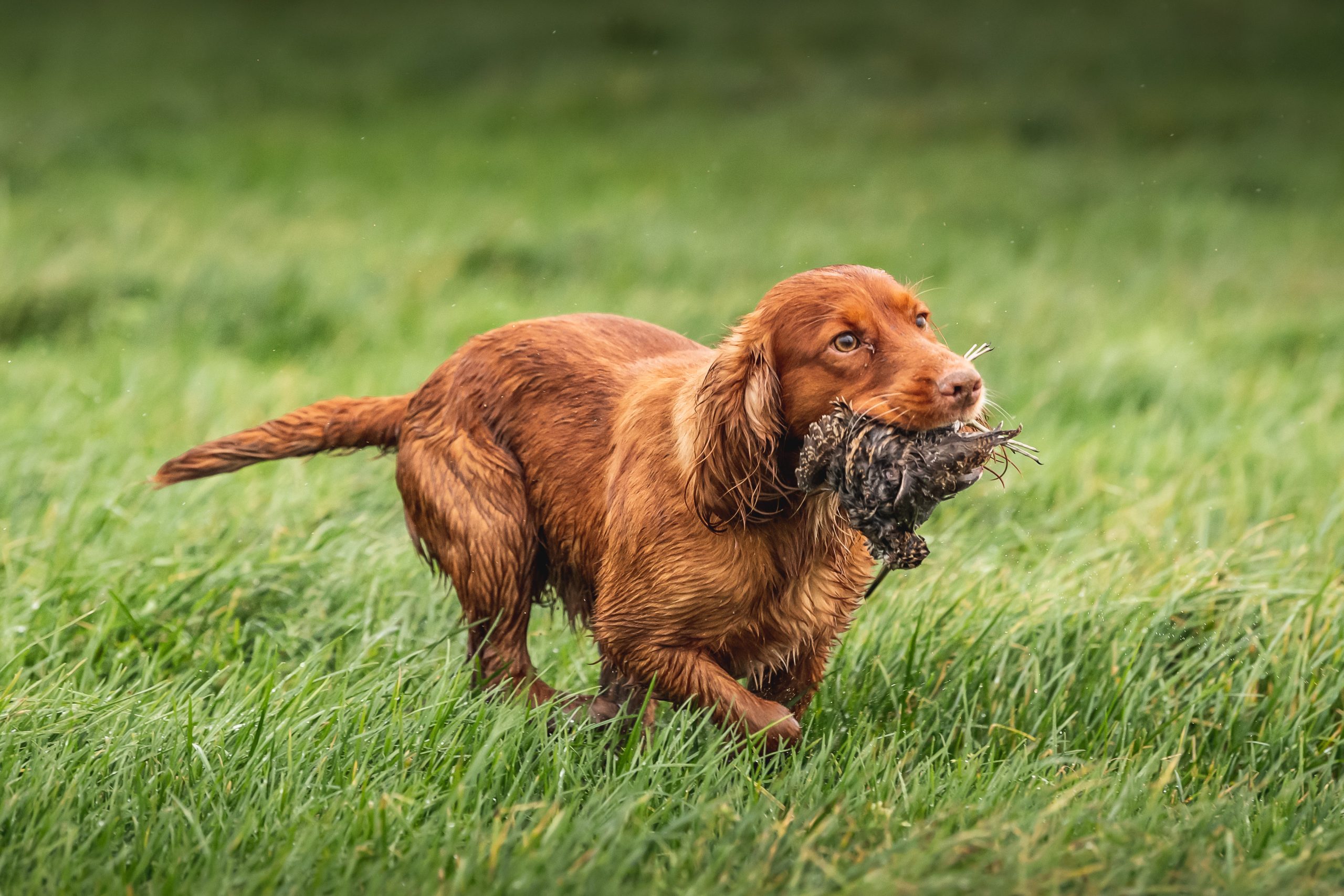Q: I have a 10-month-old springer out of a rescue kennel. He is obviously working stock, good looking, full of…
Gundog news
Gundogs
Will the Welsh springer spaniel survive?
Would you like to speak to our readers? We offer sponsored articles and advertising to put you in front of our audience. Find out more.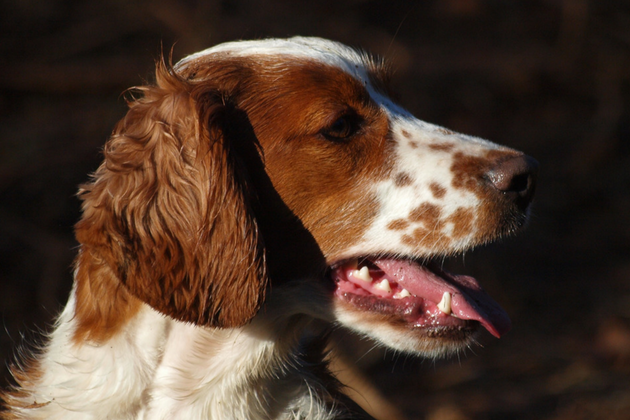
A chance encounter with a Welsh springer spaniel (WSS) on a shoot earlier this month reminded me what a handsome breed this is and what a shame it is that we do not see more out working.
Welsh springer spaniel – a curious breed
It is the most numerous of our native spaniels bar the cocker and English springer, but it tends to be overlooked, especially as a shooting dog. It is such an attractive breed that it is popular as a show dog — at Crufts, there are usually as many Welsh springers on the bench as English.
Popularity in the show ring has done the breed little favours as a working dog. I do not think even the most ardent of Welsh supporters will dispute that these red-and-white spaniels rarely show the same passion and drive for hunting as their English cousins, but with patience they can become useful shooting companions. They are probably at their best in the beating line, which is what they were bred for during the 19th century.
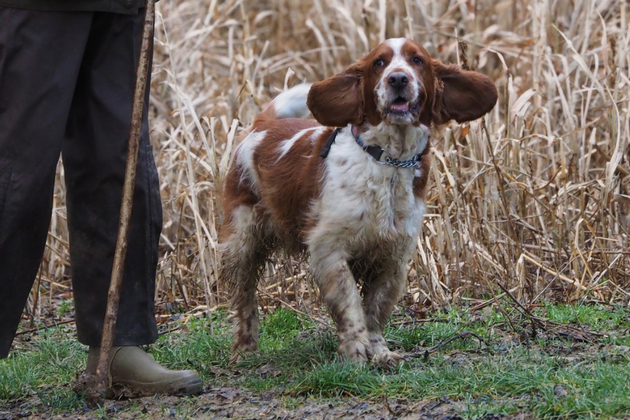
The Welsh springer has much to offer but needs patience
The history of the Welsh springer is an interesting one, for it is sometimes suggested that the Welsh springer is by far the oldest of all our spaniels. However, the Welsh Springer Spaniel Club (WSSC) notes on its website that “the red-and-white spaniel in Wales can only be traced to the 18th century”, and the Kennel Club (KC) didn’t recognise it as a distinct breed until 1902.
- Welsh springers are always red and white and never breed away from that colour. It is a distinctive shade of red not shared by other spaniels — only the red-and-white setter is similar, suggesting a common ancestry.
- Unlike the English springer, Welsh dogs vary little in size. They are about the same size as a working English springer, but slightly lighter and longer-legged.
- Their ears are shorter and set lower than the English springer and are typically like a vine leaf in shape, with less feather.
- Though between 300 and 400 Welsh springer puppies are registered annually, it is numerically a small breed with a limited gene pool. This is reflected in the COI (inbreeding coefficient) of 12.9 per cent. The lower the figure the better, but it is not far off the English springer (9.7 per cent) nor the cocker (9.6 per cent).
- Equally important is the EPS (effective population size), which is a worrying 36.45. According to the Kennel Club: “EPS is a measure of how many individuals are contributing genetically to a breed population… a measure of the size of the gene pool in a breed. Lower than 100 is seen as critical and below 50 brings a breed close to extinction.”
My trained English springer spaniel isn’t listening anymore
Q: I bought a one-year-old trained English springer spaniel (ESS) last year and he was good out shooting last season,…
Health concerns
It is worth noting that the English springer’s EPS is not much better at 45.08 and that of the Clumber is a lowly 24.49. The WSSC takes health seriously and the chief concerns within the breed are hip dysplasia, primary glaucoma and primary epilepsy. Introducing fresh blood into a breed like this is a major challenge, but it might be one that the breed club will have to consider in due course.
Fortunately, there are several active WSS breed clubs overseas, including in Sweden, Belgium, Holland and the US, with active kennels in several other countries, so different bloodlines do exist.
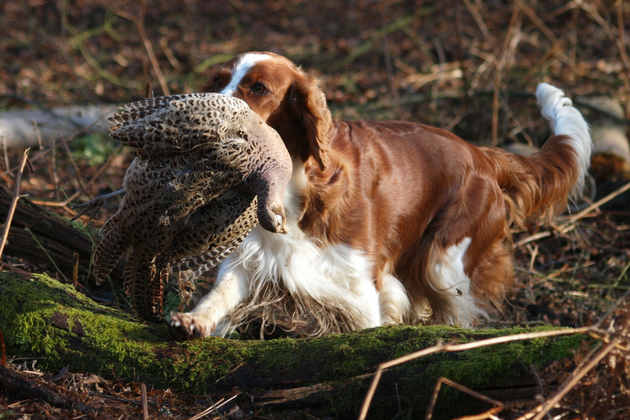
A devoted companion, yes, but not all Welsh springers retrieve instinctively
Not an instinctive retriever
Unlike English springers, most of which retrieve instinctively, not all Welsh springers do so, which can be a challenge for anyone who wants to work one. The WSSC website warns that “Welshies are slower to mature and to learn than the two dominant working spaniel breeds, so they are not cost effective. Their natural style too, often slower-paced and far more nose-dominated and scent sensitive, does not suit the modern fashion for high speed.”
However, not everyone wants a turbocharged hunting spaniel, while a non-retrieving dog is more likely to be steady when worked in the beating line. If I were a Welshman, or even if I lived in Wales, I would be very tempted by a Welsh springer.
Related articles
Gundogs
Saying goodbye to a gundog
It’s the most difficult of subjects but here Tom Jones faces up to the sad reality of losing a beloved gundog and realises just how much they give us.
By Time Well Spent
Gundogs
How to curb nerves on your first working test
What can gundog handlers learn from sport psychology? Novice handler Emily Cartigny tries to curb the nerves in her first working test.
By Time Well Spent
Manage Consent
To provide the best experiences, we use technologies like cookies to store and/or access device information. Consenting to these technologies will allow us to process data such as browsing behavior or unique IDs on this site. Not consenting or withdrawing consent, may adversely affect certain features and functions.
Functional Always active
The technical storage or access is strictly necessary for the legitimate purpose of enabling the use of a specific service explicitly requested by the subscriber or user, or for the sole purpose of carrying out the transmission of a communication over an electronic communications network.
Preferences
The technical storage or access is necessary for the legitimate purpose of storing preferences that are not requested by the subscriber or user.
Statistics
The technical storage or access that is used exclusively for statistical purposes.
The technical storage or access that is used exclusively for anonymous statistical purposes. Without a subpoena, voluntary compliance on the part of your Internet Service Provider, or additional records from a third party, information stored or retrieved for this purpose alone cannot usually be used to identify you.
Marketing
The technical storage or access is required to create user profiles to send advertising, or to track the user on a website or across several websites for similar marketing purposes.




